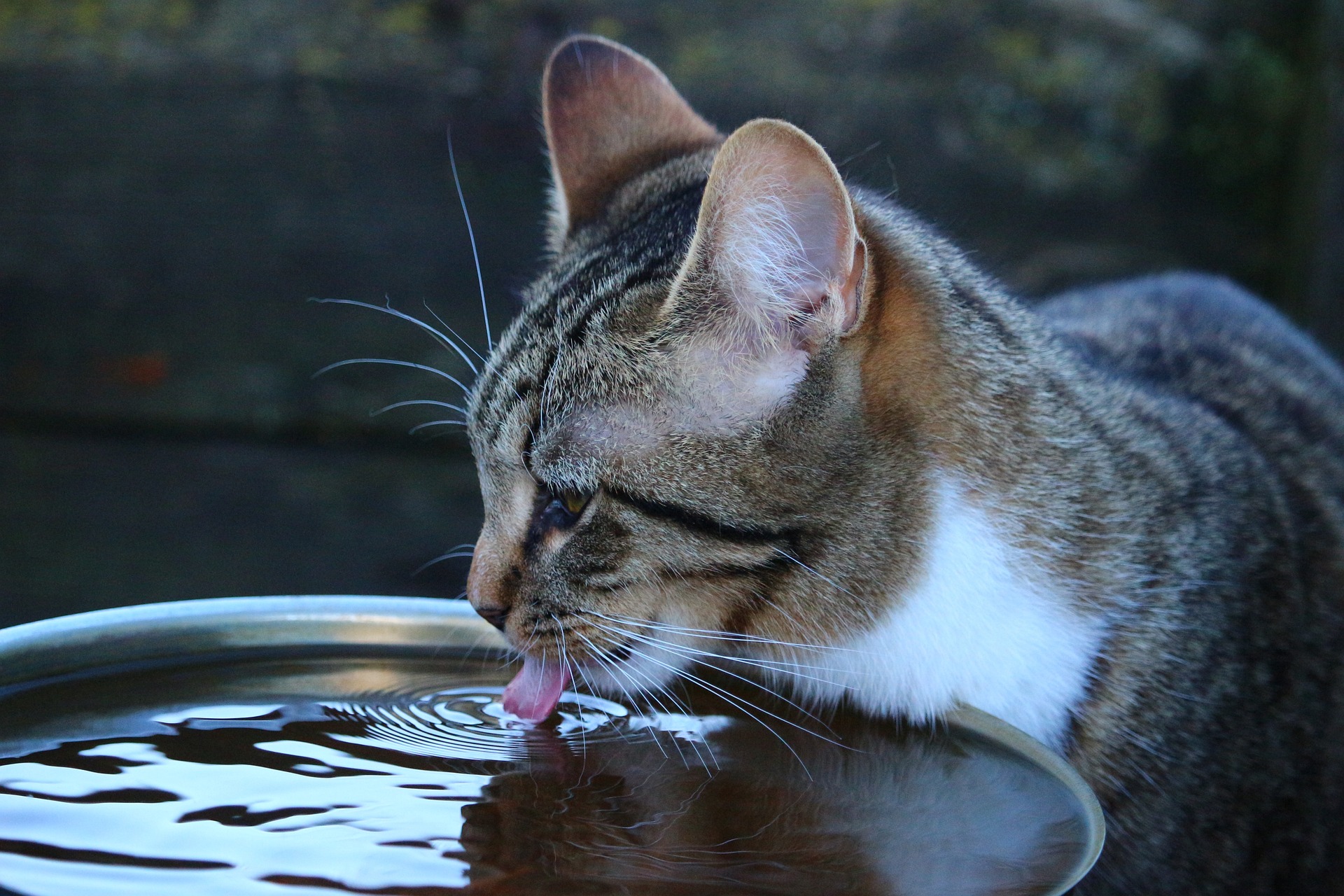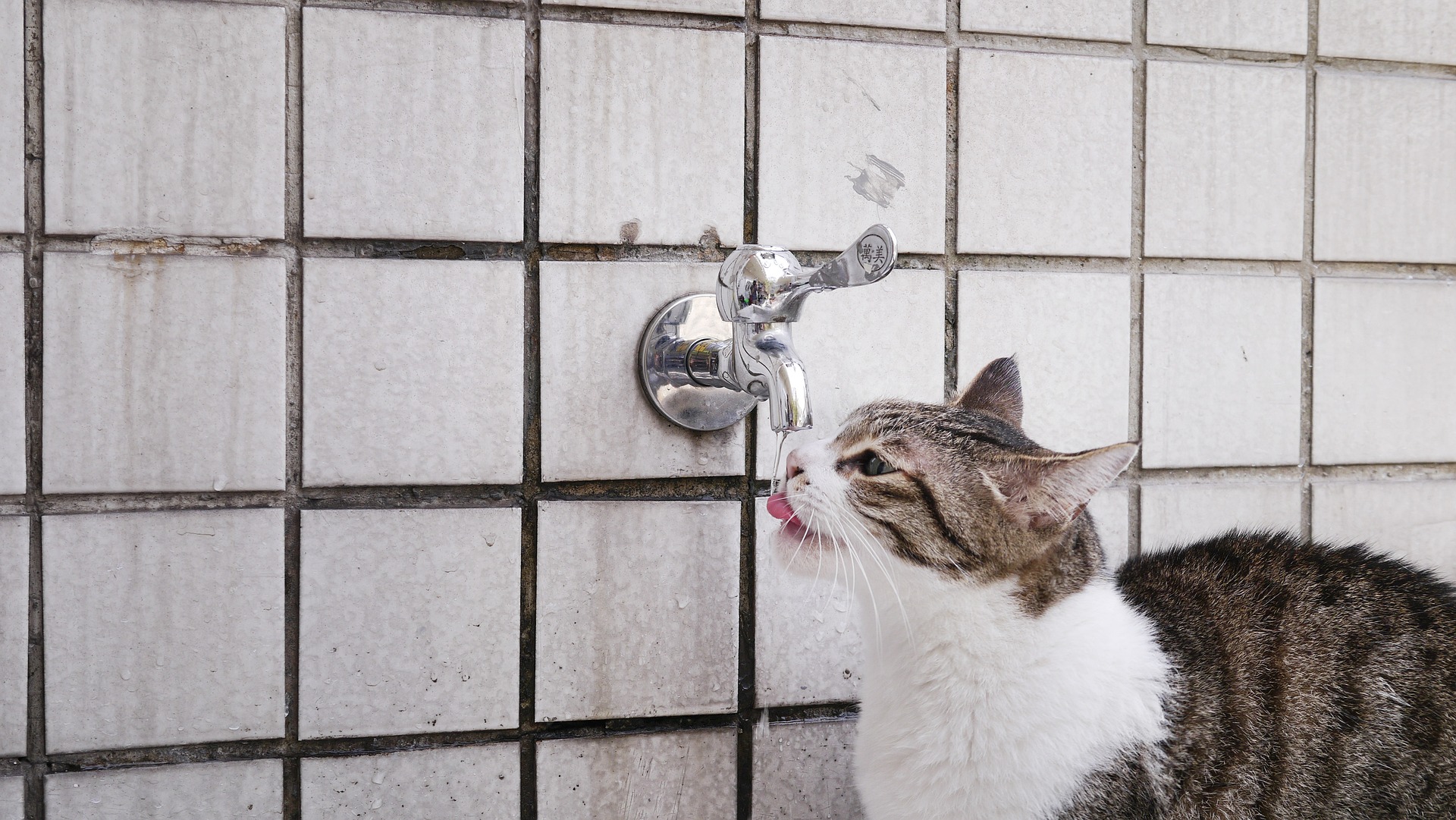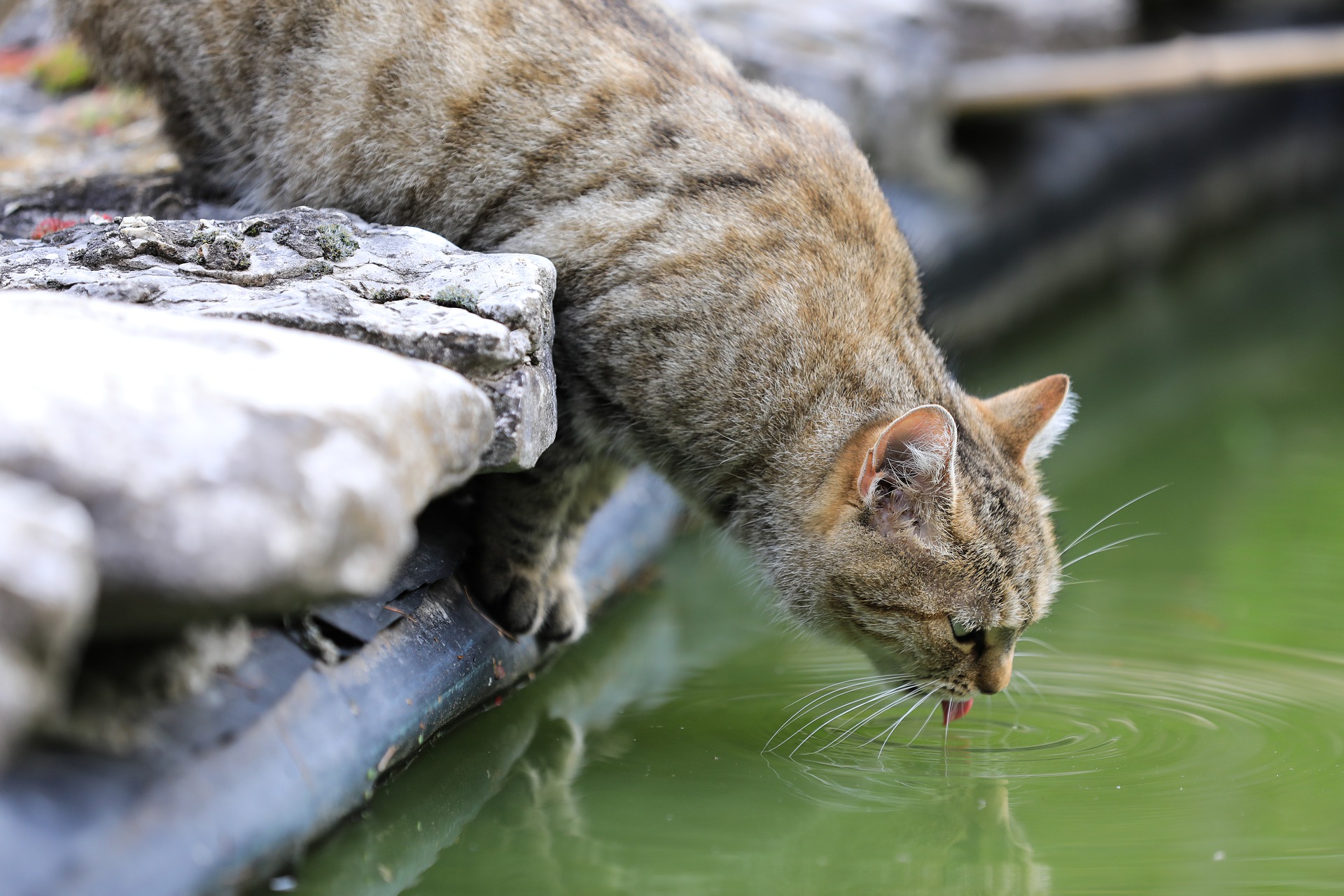They do, indeed. Although cats are frequently shown drinking milk in movies and other media, it is not good for most felines.
Water, on the other hand, is as important to a cat's survival as it is to humans. Water accounts for 60-70% of their body weight. Despite the fact that it is good for them, many cats don't like drinking water, particularly if it is still or standing water. This can result in a dehydrated cat, so keep an eye on your cat's water intake.
Why is it important for cats to stay hydrated?
Hydration is the physiological state of balanced electrolytes, minerals, and fluids within the body, and it is critical to maintain this balance. Water is essential because it has an impact on everything from organ function and nutrient transport to circulation and digestion.
- It also helps the kidneys flush out toxins and reduces the likelihood of urinary stones.
- However, each cat is unique and has their own set of preferences. As a result, you may need to experiment with a few different methods of providing water before you find something your kitty enjoys.

What Causes Cat Dehydration?
1- Dehydration can occur in cats for a variety of reasons. One of the main reasons is that it is in their genes. Felines evolved from desert dwellers, so they have a lower thirst drive and can survive on less water than canines.
2- Cats have poor near-sightedness, so it may be difficult for them to see the edge of the water in a bowl. Furthermore, when cats lap water from a bowl, their tongue curves into a J-shape and bites off a column of water, which is extremely inefficient. Cats only get 3/100 of a teaspoon per lap!
3- Cats are also sensitive to the taste and appearance of water. Most cats are drawn to fresh, moving water instinctively.
4- Chronic kidney disease and other conditions such as diarrhea or diabetes make cats more prone to dehydration.
Dehydration Symptoms in Cats

If your cat does not drink enough water, she may become dehydrated. The following are the symptoms of a dehydrated cat:
· 1- Gums that are parched
· 2- Depression or lethargy
· 3- Appetite loss
· 4-Skin elasticity decline
· 5- Increased heart rate
If you gently pinch the skin over her shoulders and the skin remains gathered when you release it, you may have a dehydrated cat on your hands. This is referred to as "skin tenting," and it is a sign of dehydration.
Call your veterinarian if you notice any of the above symptoms. They can give your cat fluids, rule out any potential illnesses, and advise you on how to avoid dehydration in the future.
How Much Water Does a Cat Need?

Cats require different amounts of water depending on their weight and the type of food they consume (dry kibble or canned wet food).
Because of the unique shape of their tongues, even the healthiest cats struggle to drink enough water. A single lap of water only provides 3/100 of a teaspoon to a cat.
Although many cats struggle to stay hydrated, some cats may drink excessive amounts of water. If your cat consumes more water than usual, this could indicate feline hyperthyroidism or diabetes.
How to Make a Cat Drink Water
It can be difficult to get your cat to drink more water. You might have to try a few different things until you find something she likes. Start with one or more of the suggestions below to see how your cat reacts.
Choose the Proper Water Bowl: If your cat's current water bowl is deep and narrow, it may brush up against her whiskers, which is unpleasant. To see if your cat drinks more, try changing her water bowl to a wider, shallower dish with a smaller lip.
Put it in the Right Place: While it may be tempting to put your cat's food and water bowls in an out-of-the-way location, cats dislike being boxed into a corner. They prefer places where they can see their surroundings quickly and don't have to worry about anyone following them. Check to see if moving her water bowl helps.
Maintain Freshness: The longer water sits, the more particles it accumulates. Dust, dirt, hair, and other debris can accumulate in your cat's water bowl, making her less likely to drink from it. Fill her bowl with fresh water once or twice a day.
Try a Cat Water Fountain: There are numerous theories as to why cats enjoy running water. It may also appeal to more of their senses because they can see it move, hear it make a sound, and even taste a difference. A cat water fountain can make drinking water more enjoyable for your cat.
Add Wet Cat Food to Her Diet: Water isn't the only thing your cat needs to stay hydrated. If you've tried everything else and she still isn't drinking enough, try hydrating her with wet cat food or broths. Although wet food cannot completely replace water, it can help increase her overall water intake and help prevent dehydration.
Even the most expensive water bowls and cat fountains, as well as the most delicious wet foods, are insufficient for some cats. Consult your veterinarian if your cat is still not drinking enough water. They may suggest a cat hydration supplement or provide you with additional tips to help increase your cat's water intake.
Cats not only drink water, but it is essential for their survival. Staying hydrated will help keep your cat happy and healthy. Examine all of the wet cat food options we have to offer to help your cat's total water consumption. Always consult your veterinarian before introducing new foods into your cat's diet.


You must be logged in to post a comment.